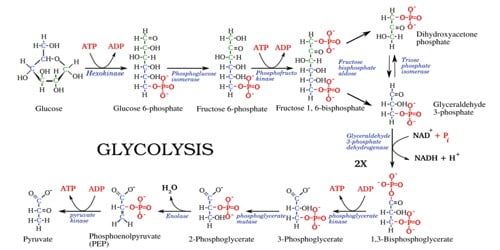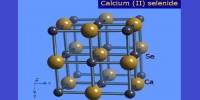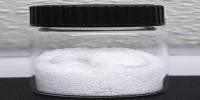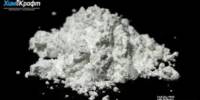Glycolysis is a metabolic process in most organisms. It is the first stage in cellular respiration. It is the first step in the breakdown of glucose to extract energy for cellular metabolism. It allows both aerobic and anaerobic respiration. In the presence of oxygen, glycolysis is the first stage of cellular respiration. Glycolysis releases only a small amount of energy. It is the process of releasing energy within sugars. It is used by all cells in the body for energy generation.
Glycolysis is thought to be the archetype of a universal metabolic pathway. It is present in nearly all living organisms. It can take place with or without oxygen. It occurs, with variations, in almost all organisms, both aerobic and anaerobic. The wide occurrence of glycolysis shows that it is one of the most ancient known metabolic pathways. It takes place in the cytoplasm.
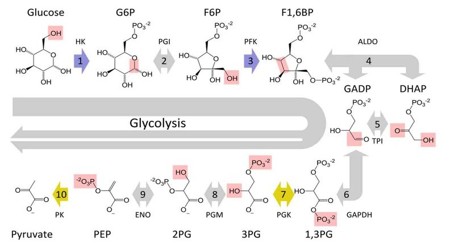
Process
Preparatory phase
The first half of glycolysis is the preparatory phase. It is the process of breaking down glucose. It starts off by adding a phosphate group to glucose (Glucose 6-phosphate). Next, the Glucose 6-phosphate is converted into Fructose 6-phosphate. Another phosphate group is added turning it into fructose -1,6- biphosphate. The fructose -1,6-biphosphate is then split into two, one part turning into G3P (Glyceraldehyde-3-phosphate) and dihydroxyacetone phosphate. The dihydroxyacetone phosphate is converted into G3P, leaving us with the two G3P triose sugar molecules used in the Pay-off phase.
Pay-off phase
The second half of glycolysis is known as the ‘pay-off phase’, by the net gain of the energy-rich molecules ATP and NADH. In the absence of oxygen, glycolysis allows cells to make small amounts of ATP through a process of fermentation. Since glucose leads to two trioses (G3P) sugars in the preparatory phase, each reaction in the pay-off phase occurs twice per glucose molecule. This yields 2 NADH molecules and 4 ATP molecules, leading to a net gain of 2 NADH molecules and 2 ATP molecules from the glycolytic pathway per glucose molecule. Glycolysis needs to accept electrons as part of a specific reaction.
Summary: 2ATP → 4ATP + 2(NADH + H+) + 2 pyruvate (net production of 2ATP)
Aerobic respiration
Cells performing aerobic respiration (respiration using oxygen) synthesize much more ATP, but not as part of glycolysis. These further reactions use the pyruvate from glycolysis. It is trapped by phosphorylation, with the help of the enzyme hexokinase.
Eukaryote aerobic respiration produces about 30 additional molecules of ATP for each glucose molecule. Glycolysis, through anaerobic respiration, is the main energy source in many cells.
